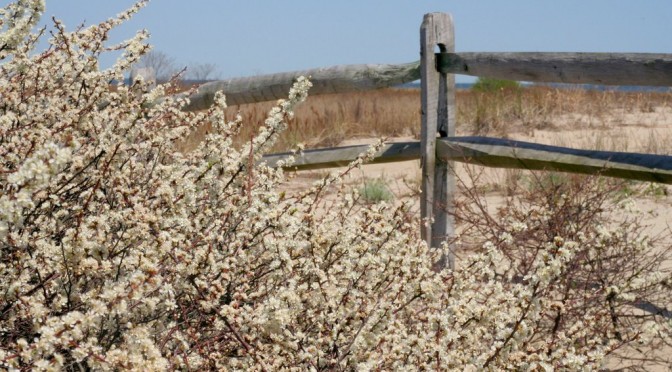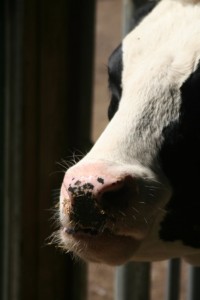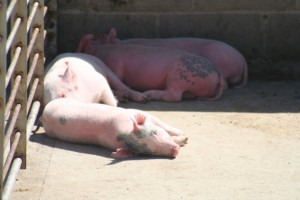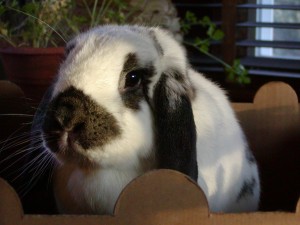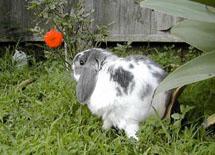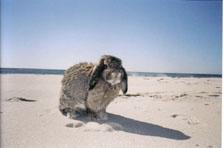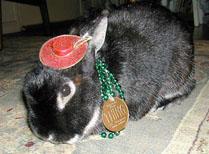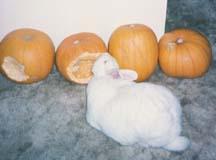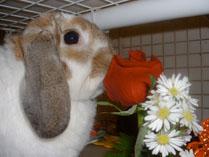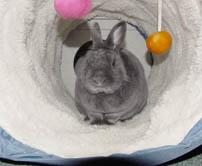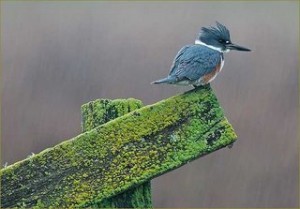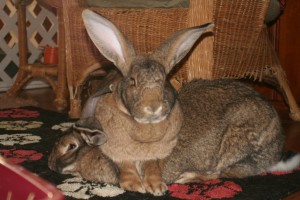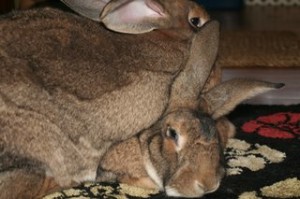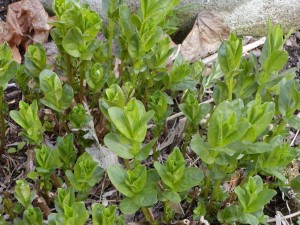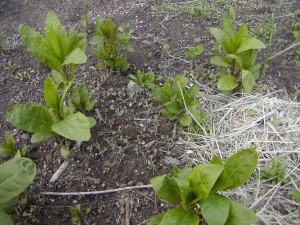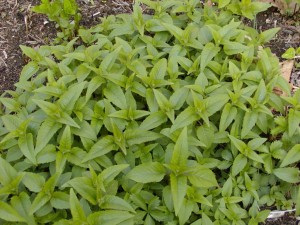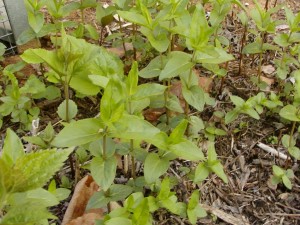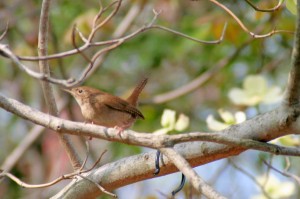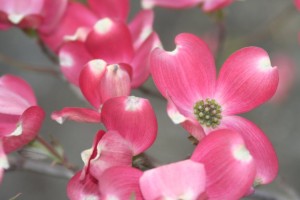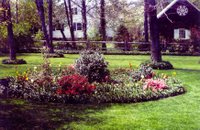 Susan is thinking about a pond so I thought I would post some pics and links from when we did ours. Our yard used to have lush, well-manicured grass shaded by many black locust trees. Over the years, most of the locusts fell in late-summer storms and the beautiful lawn turned weedy when my husband didn’t have time to care for it. The circle garden went through many re-dos and we finally decided to put a pond in this area.
Susan is thinking about a pond so I thought I would post some pics and links from when we did ours. Our yard used to have lush, well-manicured grass shaded by many black locust trees. Over the years, most of the locusts fell in late-summer storms and the beautiful lawn turned weedy when my husband didn’t have time to care for it. The circle garden went through many re-dos and we finally decided to put a pond in this area.
We did a lot of reading and planning. I wanted a pond for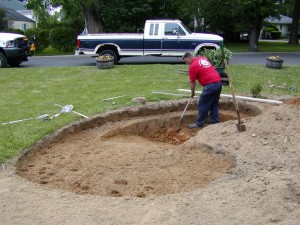 wildlife and plants, rather than a sterile koi pond. One of the first websites I found that had good information about how to build a wildlife pond was this one. I got the idea to build a shallow beach area from that site. The beach, and the easy access it provides for wildlife, continues to be my favorite feature of our pond. I was mostly concerned with the pond’s design, while my husband was in charge of the mechanics (and the heavy labor). We decided on a kidney-shaped pond with a liner, rather than a pre-formed pond that could be purchased because we had more choice in size and depth that way. In this photo you can see my husband digging out the deep end which is about 4 feet deep. You can also see that he has left a “shelf” around the far edges of the pond where we place plants in baskets – this is handy for marginal aquatic plants that like the shallow depth.
wildlife and plants, rather than a sterile koi pond. One of the first websites I found that had good information about how to build a wildlife pond was this one. I got the idea to build a shallow beach area from that site. The beach, and the easy access it provides for wildlife, continues to be my favorite feature of our pond. I was mostly concerned with the pond’s design, while my husband was in charge of the mechanics (and the heavy labor). We decided on a kidney-shaped pond with a liner, rather than a pre-formed pond that could be purchased because we had more choice in size and depth that way. In this photo you can see my husband digging out the deep end which is about 4 feet deep. You can also see that he has left a “shelf” around the far edges of the pond where we place plants in baskets – this is handy for marginal aquatic plants that like the shallow depth.
My husband laid do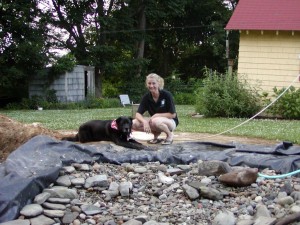 wn the liner and we covered it with river rock. I had read many bad things about using rocks on the bottom, but stubbornly decided to ignore it all because I liked the look so much. Over the years, we’ve removed the rocks leaving them only in the shallow half of the pond. What we should have done was install a bottom drain. Without it, the rocks accumulate a huge amount of mulm that is impossible to remove. As it is, the rocks in the shallow end require constant attention and removal of string algae and accumulated fish poop. The bare liner is ugly, but in mid-summer you can’t even see it once the water lillies and other plants have covered the surface of the water.
wn the liner and we covered it with river rock. I had read many bad things about using rocks on the bottom, but stubbornly decided to ignore it all because I liked the look so much. Over the years, we’ve removed the rocks leaving them only in the shallow half of the pond. What we should have done was install a bottom drain. Without it, the rocks accumulate a huge amount of mulm that is impossible to remove. As it is, the rocks in the shallow end require constant attention and removal of string algae and accumulated fish poop. The bare liner is ugly, but in mid-summer you can’t even see it once the water lillies and other plants have covered the surface of the water.
We use a biological filter from PondSweep that is the base of our waterfall and a skimmer – much like a backyard pool. The pump and filter runs only during the warm months because it costs so much to run the pump. We probably will need to replace the pump this year and I’d like to buy a more energy efficie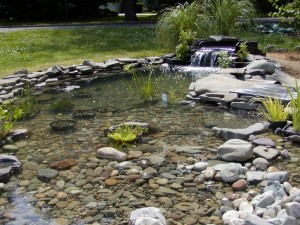 nt one. The good ones are expensive, but hopefully we’ll save money on the electric bill. One of the most important items we purchased was a UV light to keep the algae at bay and the water clear. We’ve yet to have an algae bloom that turns many ponds to pea soup. I use plenty of oxygenating plants and don’t add any chemicals, and test the water frequently. We also have very few fish for the size of our pond; that’s important! Our pond is just under 1,000 gallons, yet we keep at most only 30 small goldfish. I don’t feed my fish 3 times a day; in mid-summer they’re lucky to be fed at all, in fact. Too much food just increases the load on the filter. The fish are growing very slowly as a result, but the whole system is healthier that way.
nt one. The good ones are expensive, but hopefully we’ll save money on the electric bill. One of the most important items we purchased was a UV light to keep the algae at bay and the water clear. We’ve yet to have an algae bloom that turns many ponds to pea soup. I use plenty of oxygenating plants and don’t add any chemicals, and test the water frequently. We also have very few fish for the size of our pond; that’s important! Our pond is just under 1,000 gallons, yet we keep at most only 30 small goldfish. I don’t feed my fish 3 times a day; in mid-summer they’re lucky to be fed at all, in fact. Too much food just increases the load on the filter. The fish are growing very slowly as a result, but the whole system is healthier that way.
This summer will be o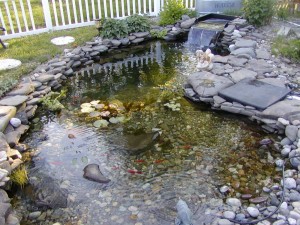 ur pond’s fifth year and it still isn’t finished, really. I’d like to re-do the waterfall one day to make it look natural. I don’t know why we didn’t do that to begin with. The landscaping around the pond still needs work. I’d like a very lush look like you can see in some of the links below, but the pond is in full sun all day and the rock makes it very hot out there and hard to grow the mosses and ferns I’d like to use. I’m trying out plants each year to see if they can survive the desert-like conditions that surround the pond. We added a small bog garden adjacent to the pond where I plant moisture-lovers like Joe Pye Weed, Turtlehead, Swamp Milkweed, Meadowsweet, and Swamp Hibiscus. The pond overflows to that area when we get heavy rain and we used to leftover liner there to hold the moisture. No pretty pictures of it in my collection for some reason.
ur pond’s fifth year and it still isn’t finished, really. I’d like to re-do the waterfall one day to make it look natural. I don’t know why we didn’t do that to begin with. The landscaping around the pond still needs work. I’d like a very lush look like you can see in some of the links below, but the pond is in full sun all day and the rock makes it very hot out there and hard to grow the mosses and ferns I’d like to use. I’m trying out plants each year to see if they can survive the desert-like conditions that surround the pond. We added a small bog garden adjacent to the pond where I plant moisture-lovers like Joe Pye Weed, Turtlehead, Swamp Milkweed, Meadowsweet, and Swamp Hibiscus. The pond overflows to that area when we get heavy rain and we used to leftover liner there to hold the moisture. No pretty pictures of it in my collection for some reason.
Helen Nash publishes some good books about ponding that I’ve found helpful. A friendly community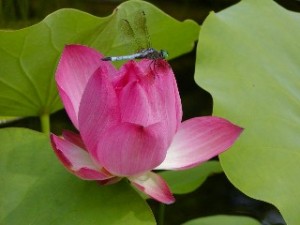 of ponders (and other gardeners) is online at GardenWeb; the Pond and Aquatic Plant Forum can be found here. There are as many types of ponds as there are ponders to build them, but one of the most beautiful (and with the largest and most photogenic koi) belongs to a couple on Long Island NY who are very generous with their knowledge and often post awe-inspiring photos of their ponds at the forum. There is a lot of information and inspiration on their website. I love to sit out by the pond in the evenings after work. I love seeing what will grow well each year and what surprises there will be. I love the critters that turn up and take advantage of the little haven we’ve provided for them here. Happy ponding, Susan!
of ponders (and other gardeners) is online at GardenWeb; the Pond and Aquatic Plant Forum can be found here. There are as many types of ponds as there are ponders to build them, but one of the most beautiful (and with the largest and most photogenic koi) belongs to a couple on Long Island NY who are very generous with their knowledge and often post awe-inspiring photos of their ponds at the forum. There is a lot of information and inspiration on their website. I love to sit out by the pond in the evenings after work. I love seeing what will grow well each year and what surprises there will be. I love the critters that turn up and take advantage of the little haven we’ve provided for them here. Happy ponding, Susan!
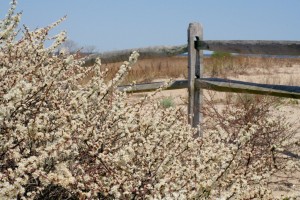 Beach Plum (Prunus maritima) at North Pond, Sandy Hook
Beach Plum (Prunus maritima) at North Pond, Sandy Hook